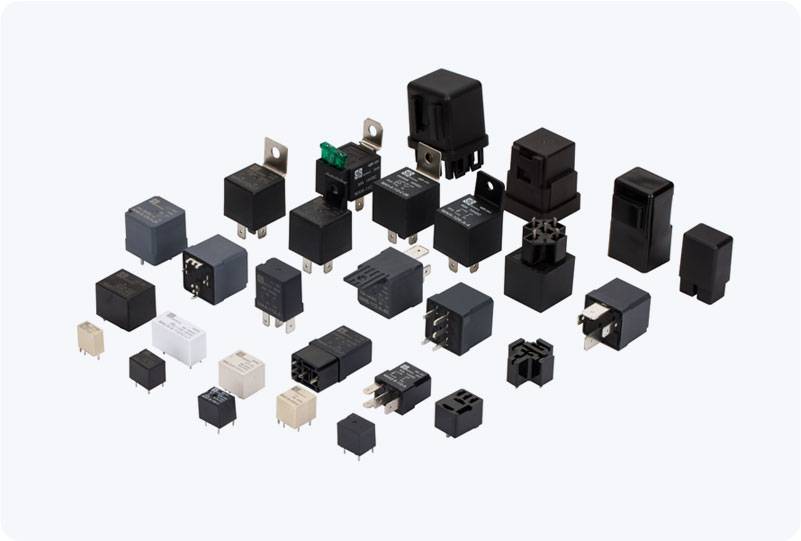Testing industrial relays with a multimeter is an essential task for ensuring the proper functionality of electrical systems. Relays play a crucial role in controlling high-power circuits by utilizing a low-power signal to operate switches, and they are widely used in industrial machinery, automation systems, and other applications. When relays fail, it can lead to system malfunctions and downtime. Therefore, being able to effectively test these components can save time and prevent costly repairs. This guide will walk you through the steps to test an industrial relay using a multimeter.

Understanding the Basics of Relays Before diving into the testing process, it’s important to understand how a relay works. A typical industrial relay consists of two main parts: the coil and the contacts. The coil is energized when a voltage is applied, creating a magnetic field that causes the contacts to open or close. There are two primary types of contacts: Normally Open (NO) and Normally Closed (NC). NO contacts remain open when the relay is not energized and close when energized, while NC contacts are closed when the relay is not powered and open when energized. Tools You’ll Need